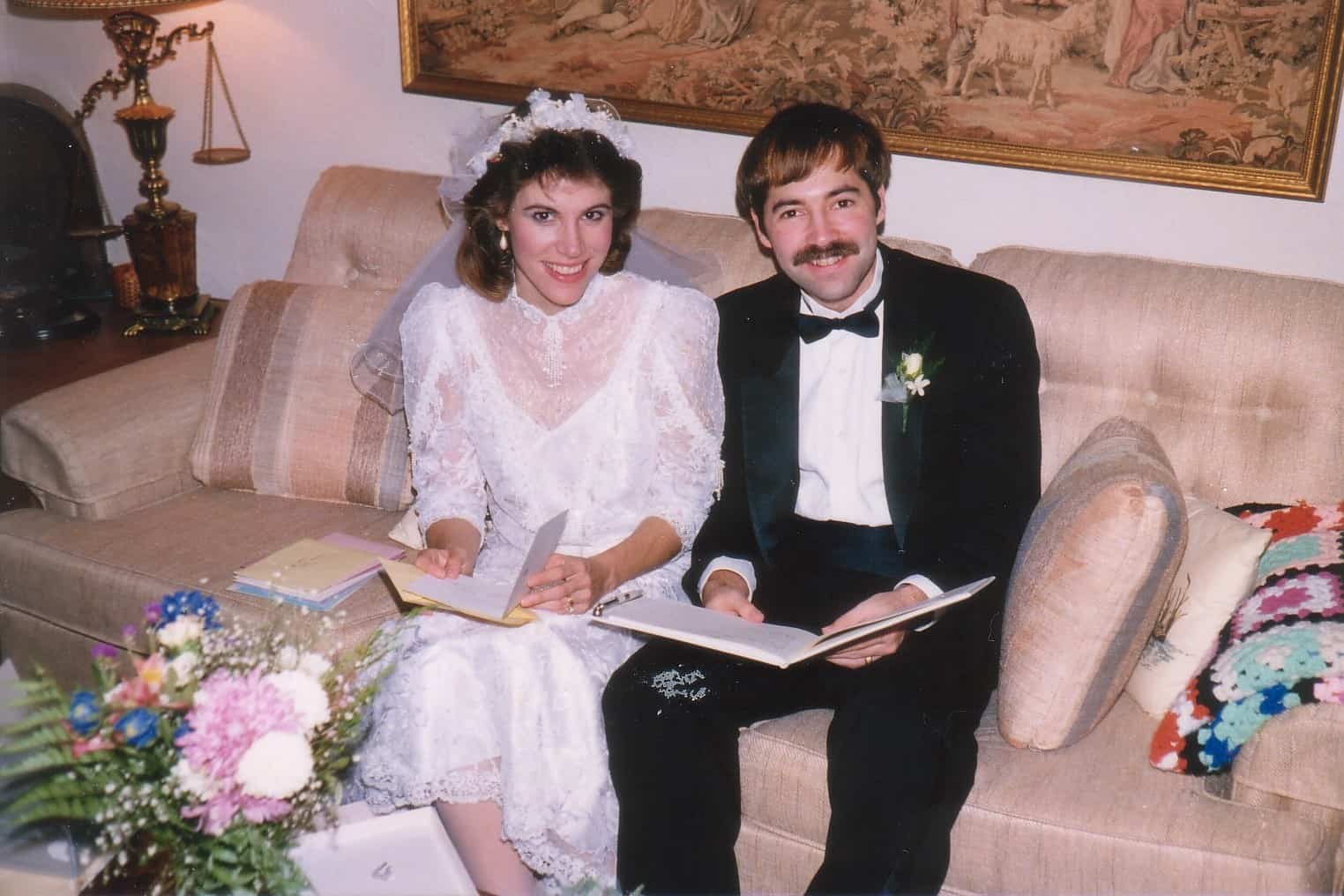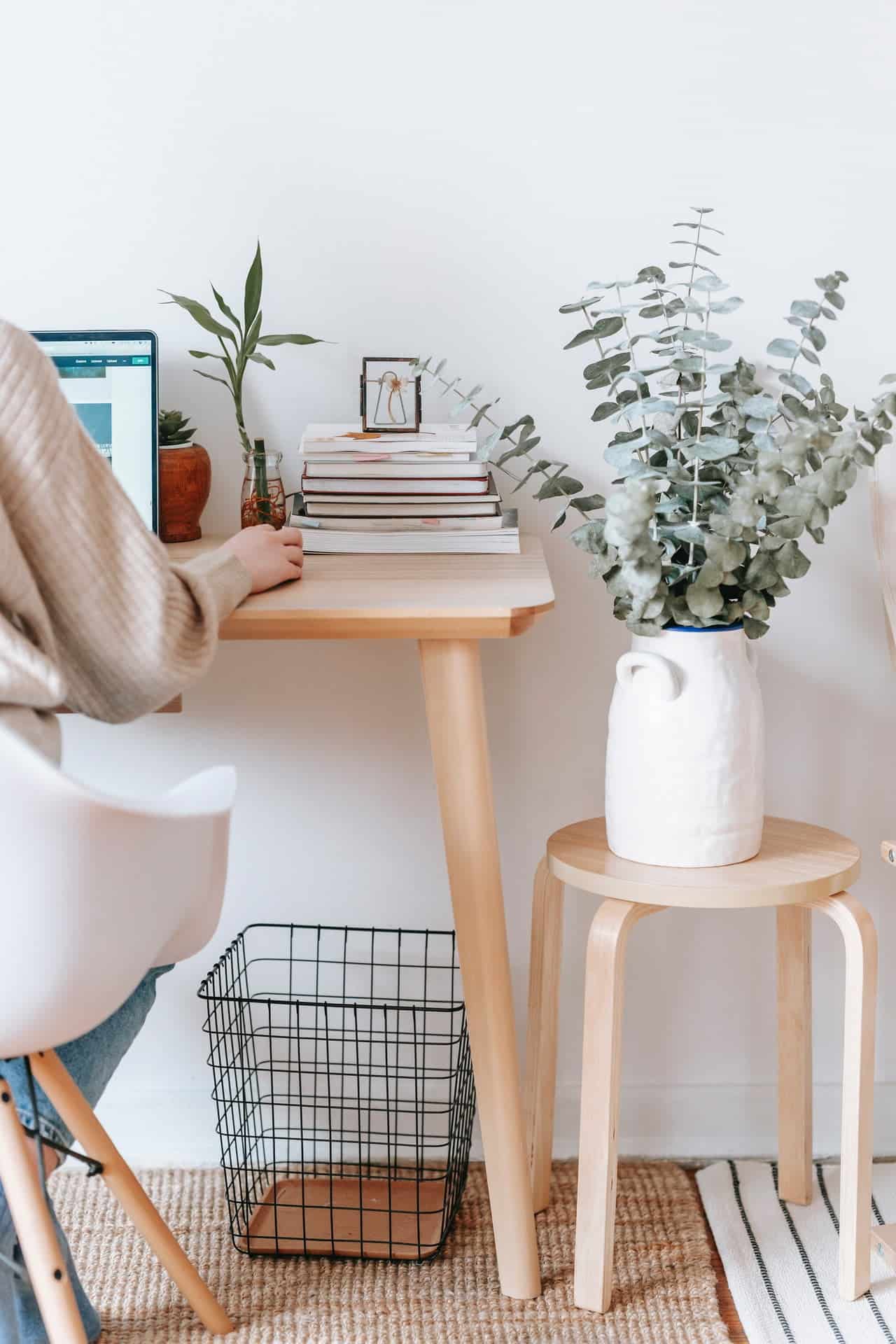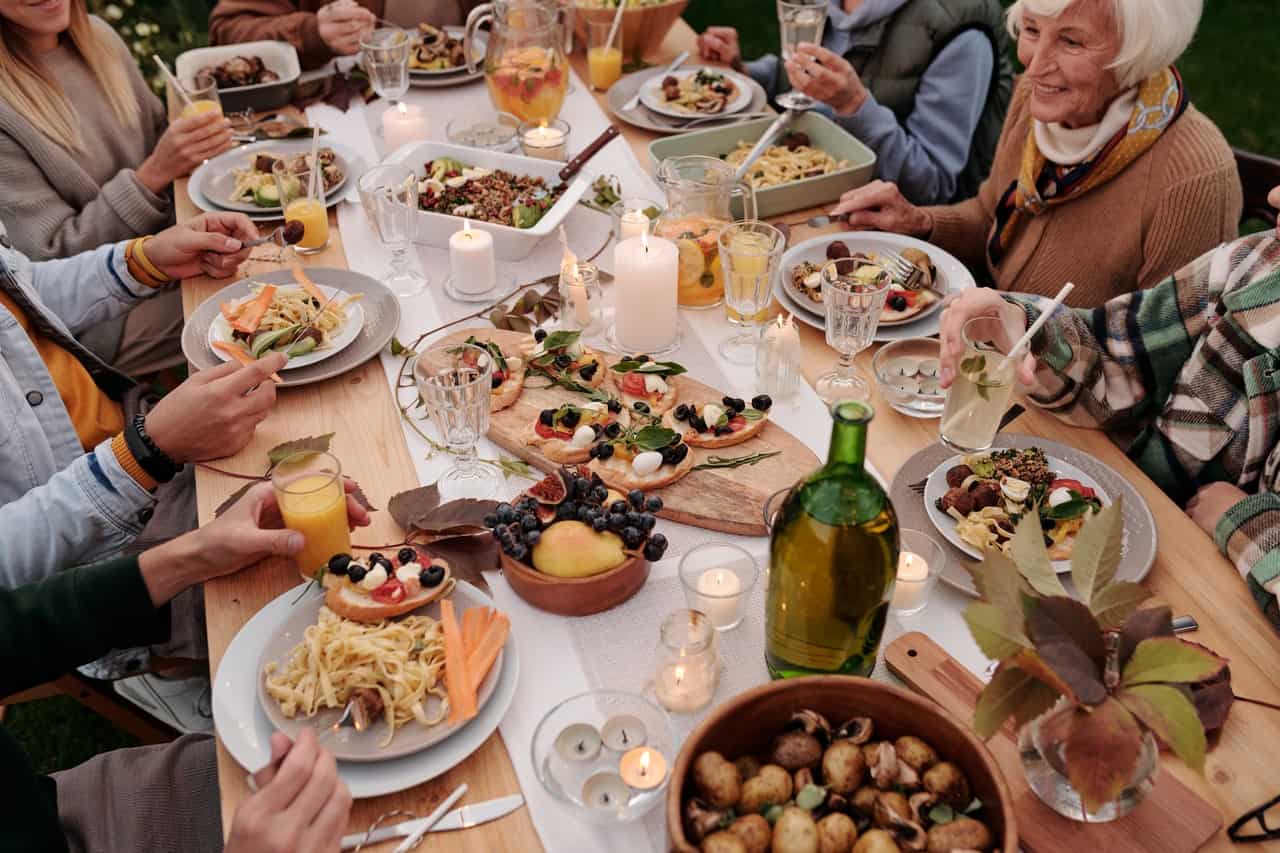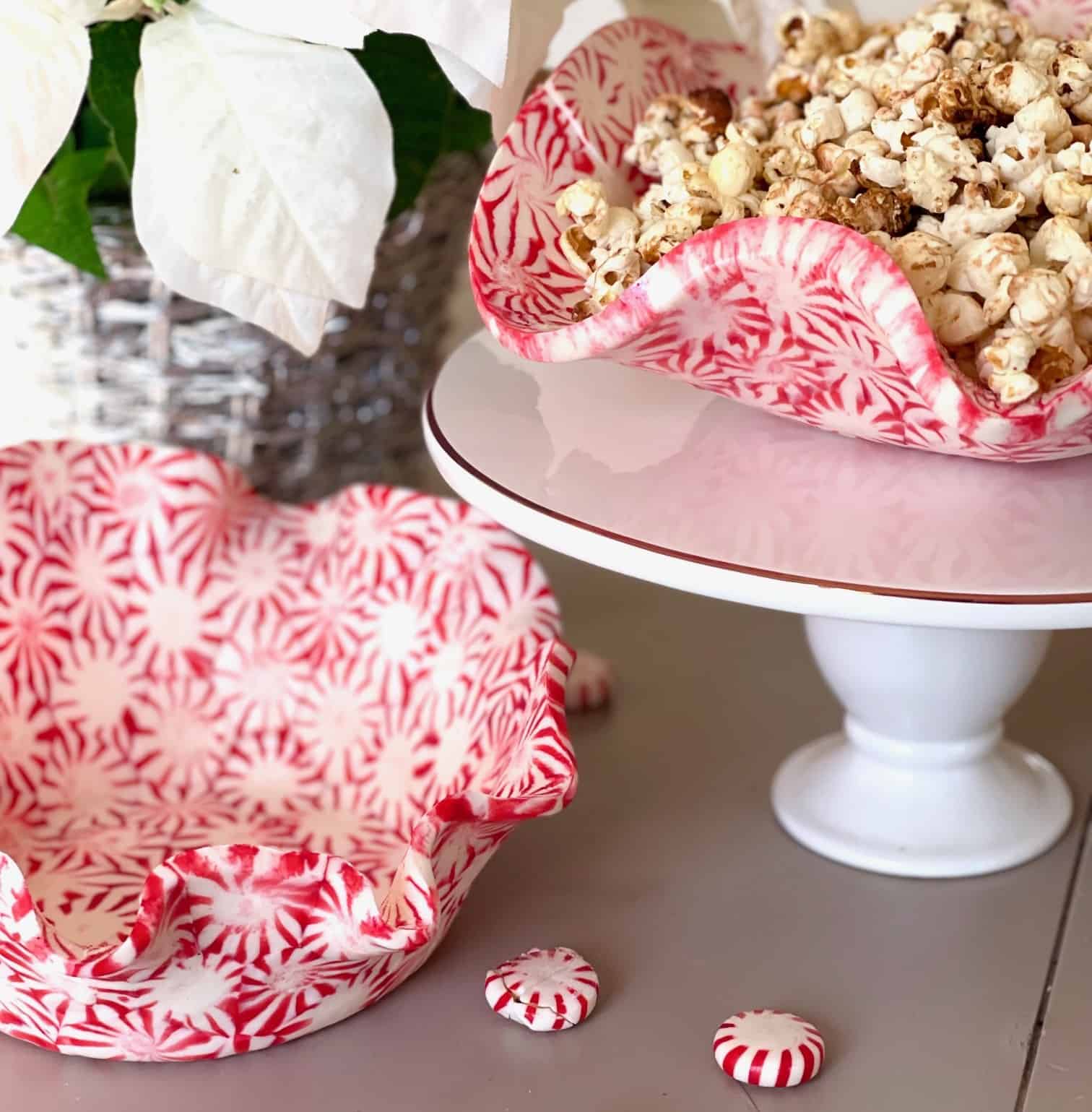Tips for Getting Better Photos of Your Dog or Cat
Our photos of our pets are some of our most cherished, aren’t they? Pet photography is often tough, but usually worth it. I think all of us can use tips for getting great dog or cat photos, don’t you think?
Today, I want to share some things that have worked for me, as I’ve taken on the pet photography challenges through the years. A list of tips and topics is below.
I’m a little obsessed with photography, and pet photography is one of my favorites. It’s all about light, timing, and patience.
Our Lucy kitty, who passed a few years ago, was the most photogenic. And, she knew it! Her nickname was “The Beautiful.” Our Sunny was the sweetest, scruffiest, most loveable Yorkie you can imagine. She passed in September of 2022. The many photos of her give me some comfort.
I think Lucy looks especially regal here.
And here, in her favorite spot on the deck.
Sunny’s charms were her sweetness and her quirkiness. These qualities come across in almost every picture of her.
Even in this somewhat fuzzy phone picture!

This post contains affiliate links, which means I will earn a commission, if you purchase through them, at no extra cost to you. As an Amazon associate, I earn from qualifying purchases.
Tips for Pet Photography
Focus: I usually use single point auto-focus, and I try to focus on the eyes. If you have a DSLR, you can set this. You don’t want to use the default auto-focus mode, (which is how the focus setting is when you get a new DSLR.) That default setting will focus on whatever is closest to the camera, and you don’t want that. Check your manual, or look online, to see how to change it for your particular camera.
If you have a really active animal, you can also change the focus type to Continuous Focus. (AI Servo for Canon, and AF-C for Nikon.) You can also use Sports Mode, if your camera has that.
Shutter Speed: To freeze action and keep from having blurry shots, it helps to use a shutter speed of at least 1/250, and sometimes 1/500, or even higher if your pet is running around. You can use Shutter Priority Mode or Manual Mode to do that.
Of course, full manual gives you the most options, but Shutter Priority is a good option for animal photography too. (I’ve used slower shutter speeds than 1/250, when my pets were staying very still. But sometimes I got lucky with that…)
Lighting: Natural light is wonderful, but if you are indoors, you will want a really sunny spot near a window or a door to get sharp photos.
I often use a type of flash called a speedlight that fits into the hotshoe of my camera. This type of flash can be used to bounce light off of a ceiling or wall (preferably white ceilings or walls.) It’s one of the simplest, easiest ways to improve your photos and will make them look much more professional. For simplicity, get one that is made to use with your particular camera brand, (and you don’t need the best one.) I got mine (for my Nikon DSLR) right after I got my camera, and it immediately improved my photos.
I don’t recommend direct flash — Not only are the pictures not as nicely lit with direct flash, but it’s also upsetting to some pets.
Composition: Get down on your pet’s level. I often lie down on the floor to get good shots. Also, get some shots up close. Some macro shots of eyes or fur can be fun. Try to get photos of your dog or cat playing and having fun, just being his or her typical self. Capture the expressions that make your pet unique.
Motivation: I often make funny noises to get Sunny’s attention and focus. This only works for a little while, though! Some people use a noisemaker app on their phones. You might need an assistant to do that.
Having some little treats on hand can be really motivating for your pet too and will make it fun. Just put some treats in your pocket, and bring them out to perk up your pet or to get him or her to look a certain direction.
Keep your backgrounds simple and uncluttered, but having some toys or props is fun too. For cats, a feather toy, paper bag, string, or other toys will be fun and motivating.
Lenses: I’ve taken pet photos I’ve loved with several different lenses, and even my phone. The lens is not the most important thing; you can get great photos, regardless of the equipment you’re using.
With that said, I love my Nikon 50mm 1.8 lens for its low cost, and the ability to shoot indoors in very low light. It’s a prime lens, so it does not zoom. There is a Canon version also. It is probably the lens with the most “bang for your buck” because you can get great results without spending a lot.
For a little more money, you can get the 40mm 2.8. My Nikon version of this lens allows me to get a bit closer to subjects than I can with my other lenses. It’s the lens I have on my camera most of the time. There is a Nikon version and a Canon version. (I’ve never used the Canon version, so I’m not sure how/if it differs from the Nikon version.) It isn’t quite as good in low light as the 50mm lens, however.
I also have a zoom lens, (my kit lens), that I like to use outdoors. The ability to zoom is nice when you are outdoors, wanting to capture your dog at play. There are much nicer zoom lenses available than the kit lens, but mine has been very adequate outdoors. (It doesn’t have as wide an aperture as a prime lens, though, so it’s not as useful indoors without a flash.)
Patience:
Most of all, be patient. Have fun, and take a lot of shots.
The dog, below, had just leapt into his trainer’s arms. The shutter speed was 1/500, which prevented the photo from being blurry, even though there was a lot of movement. I tried this shot a few times before I got this one.
In the shot below, Lucy was in her favorite place, the deck, and she started to sniff the air. Ideally, I would have taken a vertical shot, but I had to be quick. The composition isn’t perfect, but it’s still one of our favorite photos of Lucy.
I hoped you’ve enjoyed these tips.
Photography is often about patience and luck, and several of my favorite pictures of my fur babies were taken before I even understood some of the guidelines.
Enjoy capturing memories of your sweet furry family members.
If this post has helped you, please pin it, and thank you!
Linking to:
Linda’s Lunacy, Gingersnap Crafts, My Girlish Whims, The Creatively Crafty Link Party , Create with Joy, Creative Mondays, My Random Musings, Life and Linda, Good Random Fun, Grammy’s Grid, Peabea Pictorial Tuesday, Tuesday Turn About, French Ethereal, Building Our Hive, The Answer is Chocolate, Mostly Blogging, Thursday Favorite Things, Senior Salon , Keeping it Real, A Pinch of Joy, LouLou Girls, Wonderful Wednesday














Sunny is very cute! I started my photography business with pet photography! It's funny to me that a lot of the same rules apply to pet and children photography – shutter speed of at least 1/250, focus on the eyes, bokeh if possible, and get down on their level!
I didn't know that you started with pet photography! Yes, that is funny about the rules being the same — real kids and furry kids!
I struggle the most with our dogs who have long snouts so if I take a photo from the front of their face, the nose is out of focus if I focus on their eyes. Thanks for the tips.
That happens to me too sometimes! A higher f-stop (smaller aperture) will give you more depth of field, so try changing that. Also,sometimes if you step back a bit, that will correct the problem. That used to happen to me a lot when I first got my 50mm 1.8 lens.
Thanks for the tip on the speedlight flash. Awesome photos!
You're welcome, Allyson, and thank you!
Great tips! I need to work on my patience. My Shiloh seems to turn away just before I snap a photo, and I don't do well trying to wait, and work with him to get the shot I want. I've been trying to just enjoy his company, and not worry about the photos.
Alexandra
EyeLoveKnots.com
Thanks, Alexandra! Yes, enjoying their company is more important than the photos. Maybe you could have someone sneak a photo of you while you're snuggling Shiloh!
These are great tips, thank you so much for sharing them! Blessings, Loni
Thank you so much, Loni!
Thanks for the tips. I'll definitely get out my exercise mat and get down on the floor next time I'm trying to photograph my cat.
Or, you can put the cat somewhere up on a higher spot, like a window ledge, and then he/she is easier to be level with! These days, that is an easier option for me!
Thanks so much for linking up with me at #AThemedLinkup 21 for Photos and Videos!